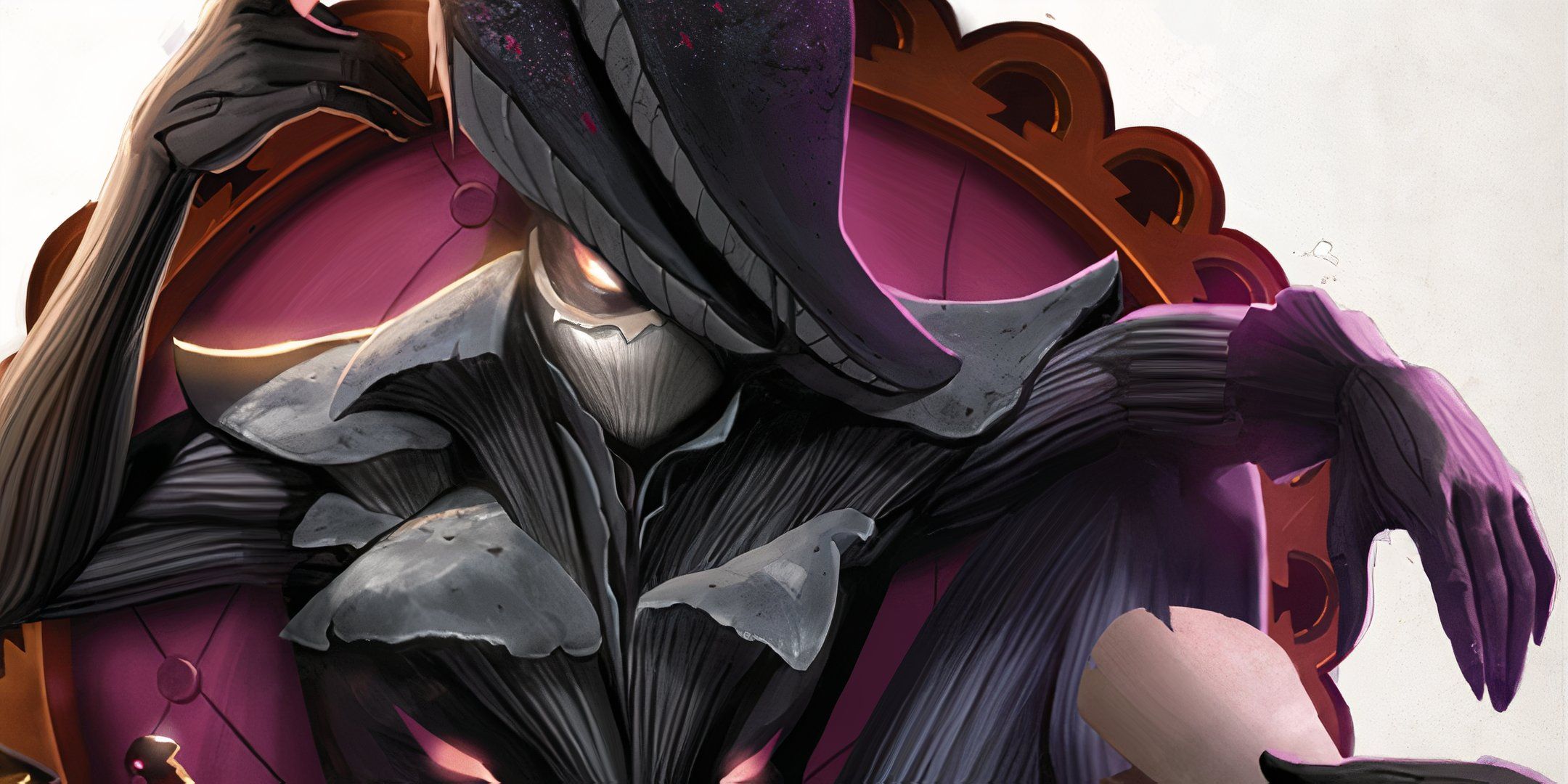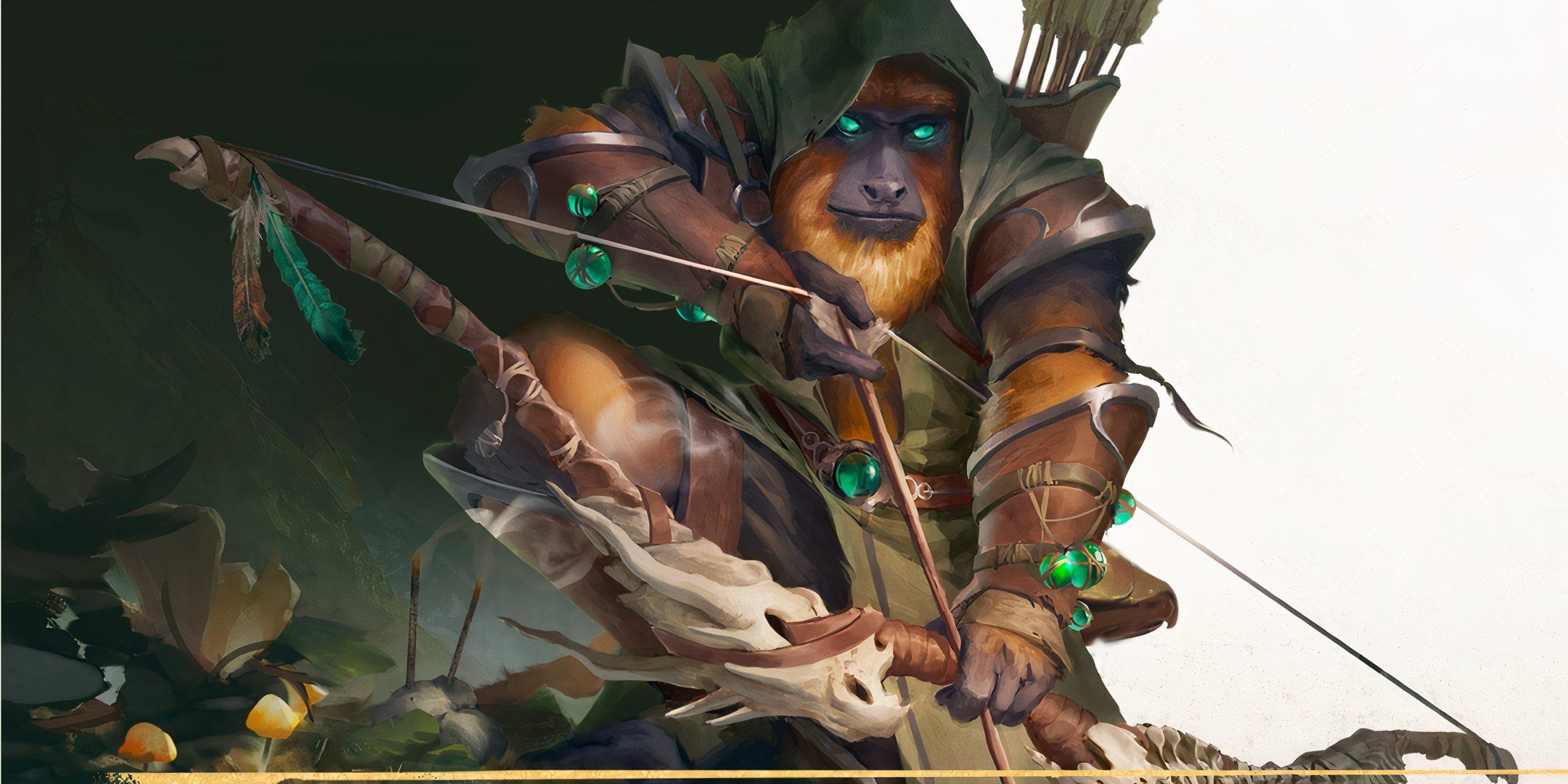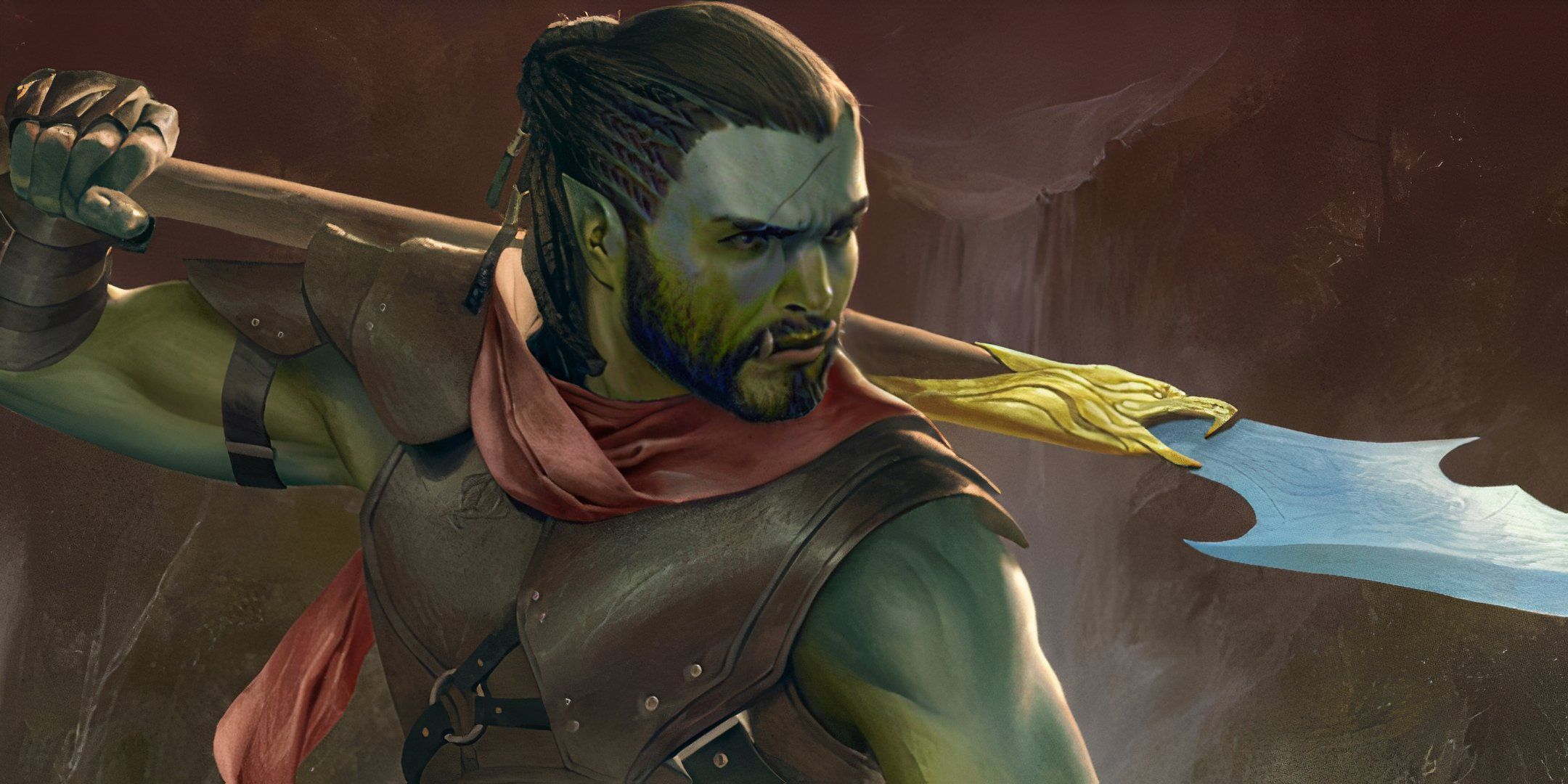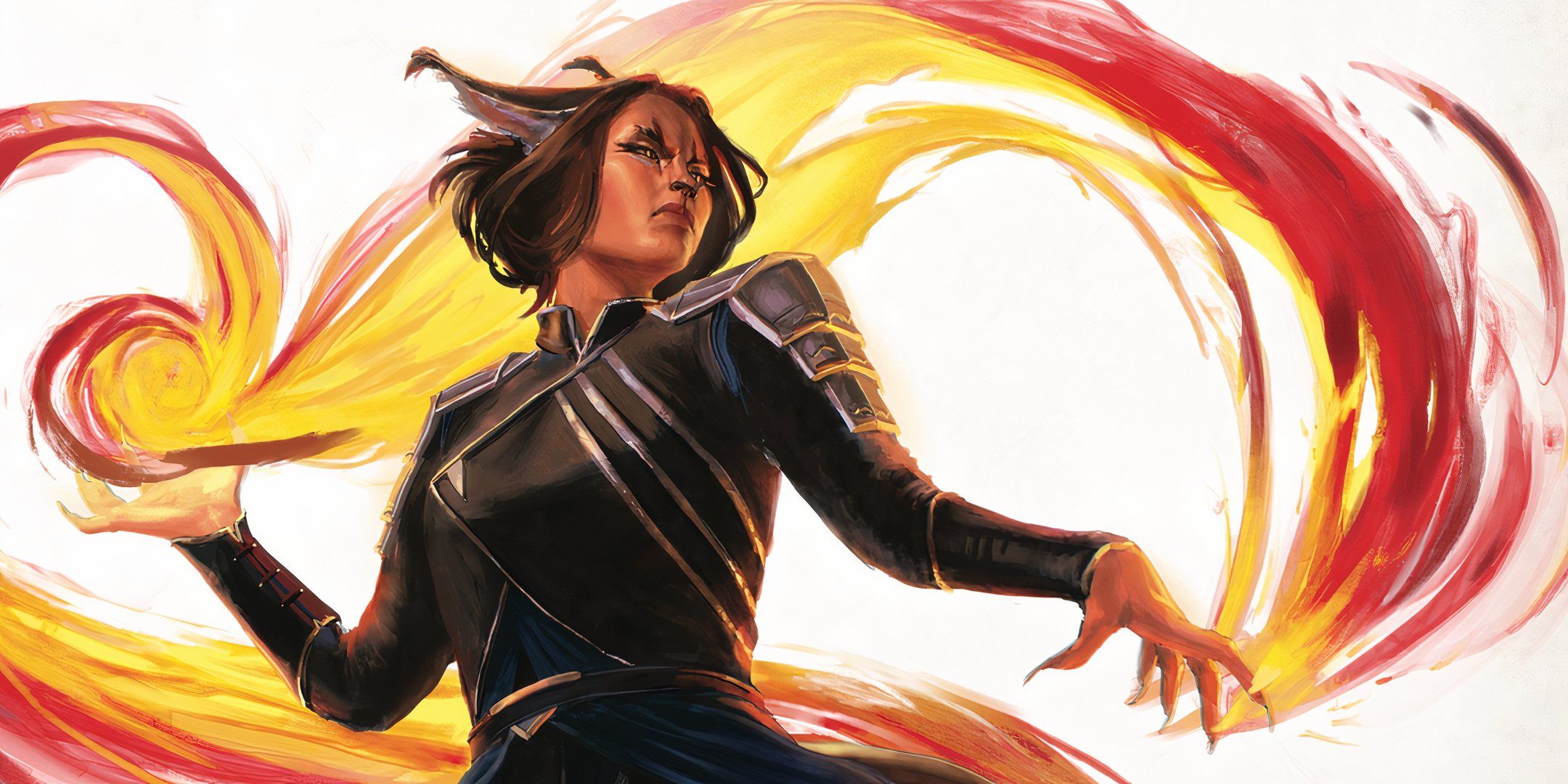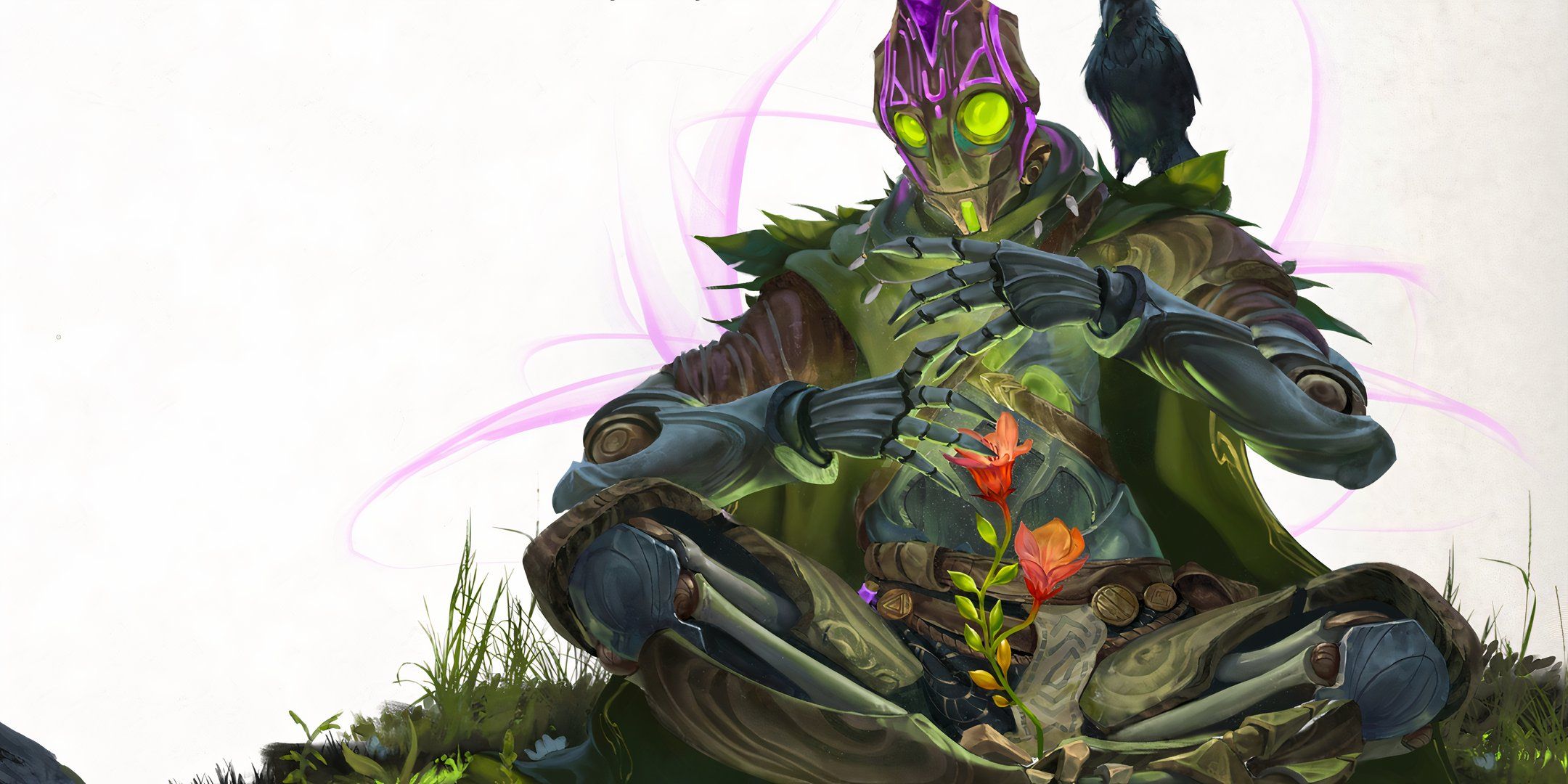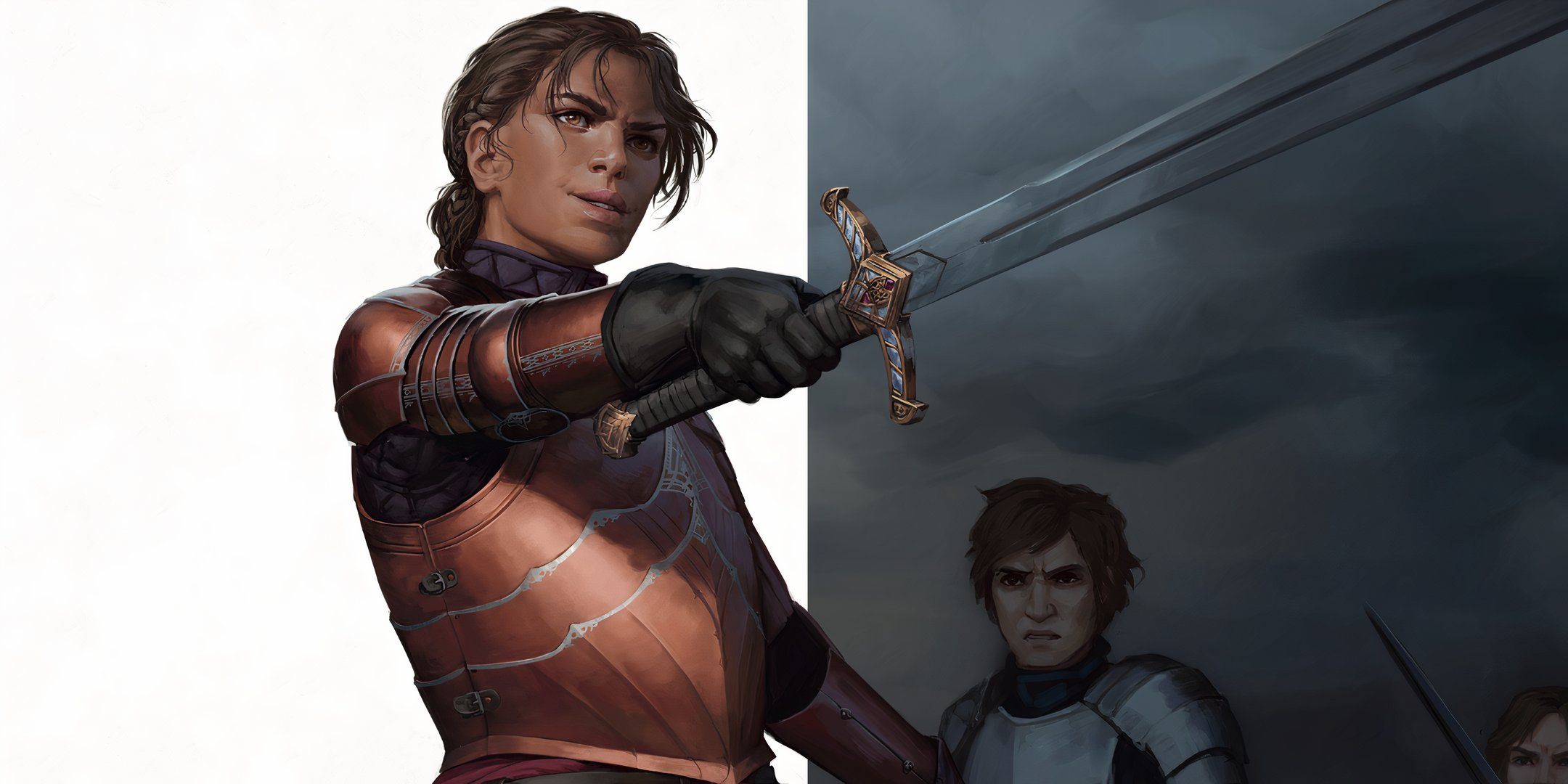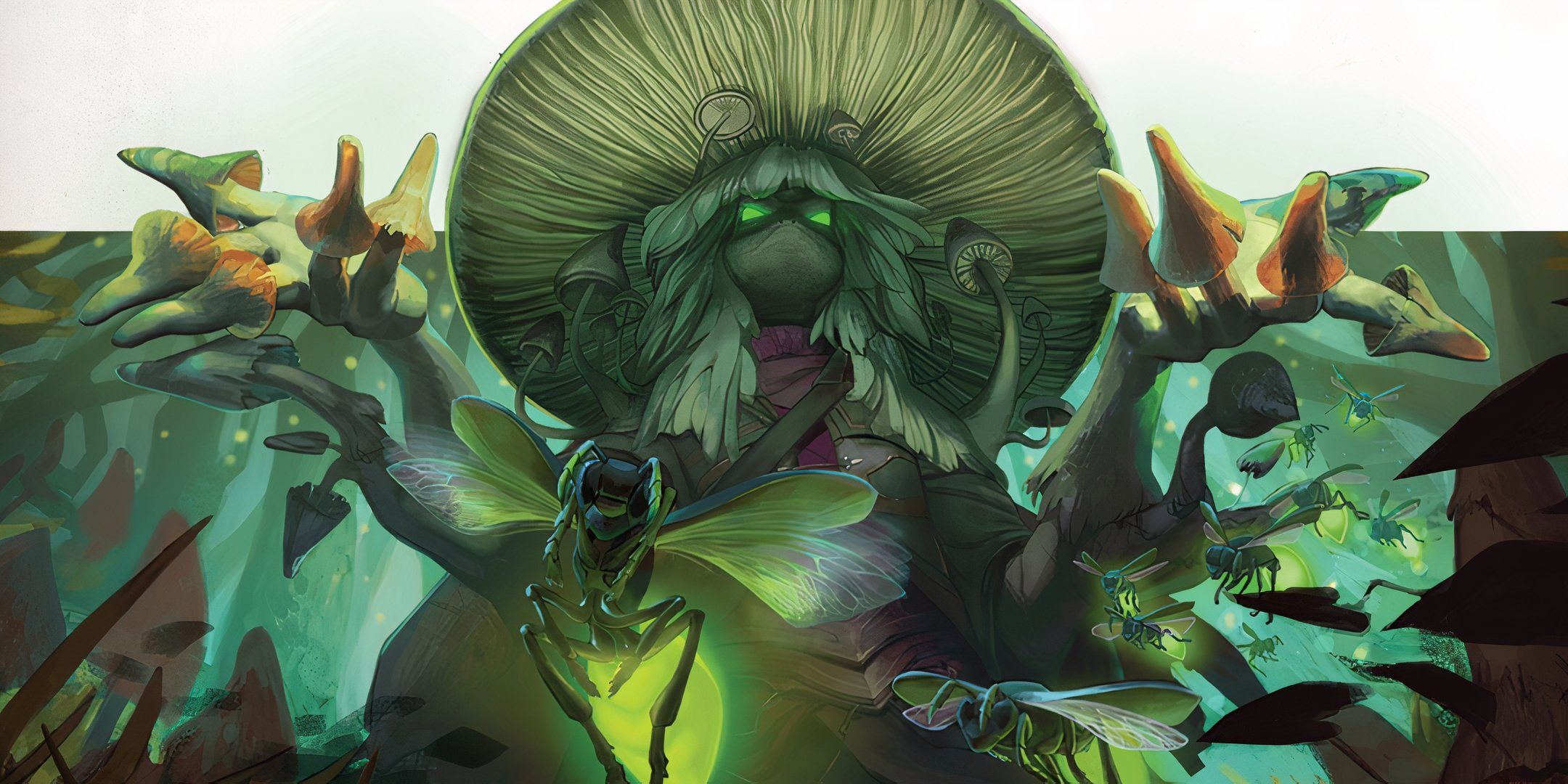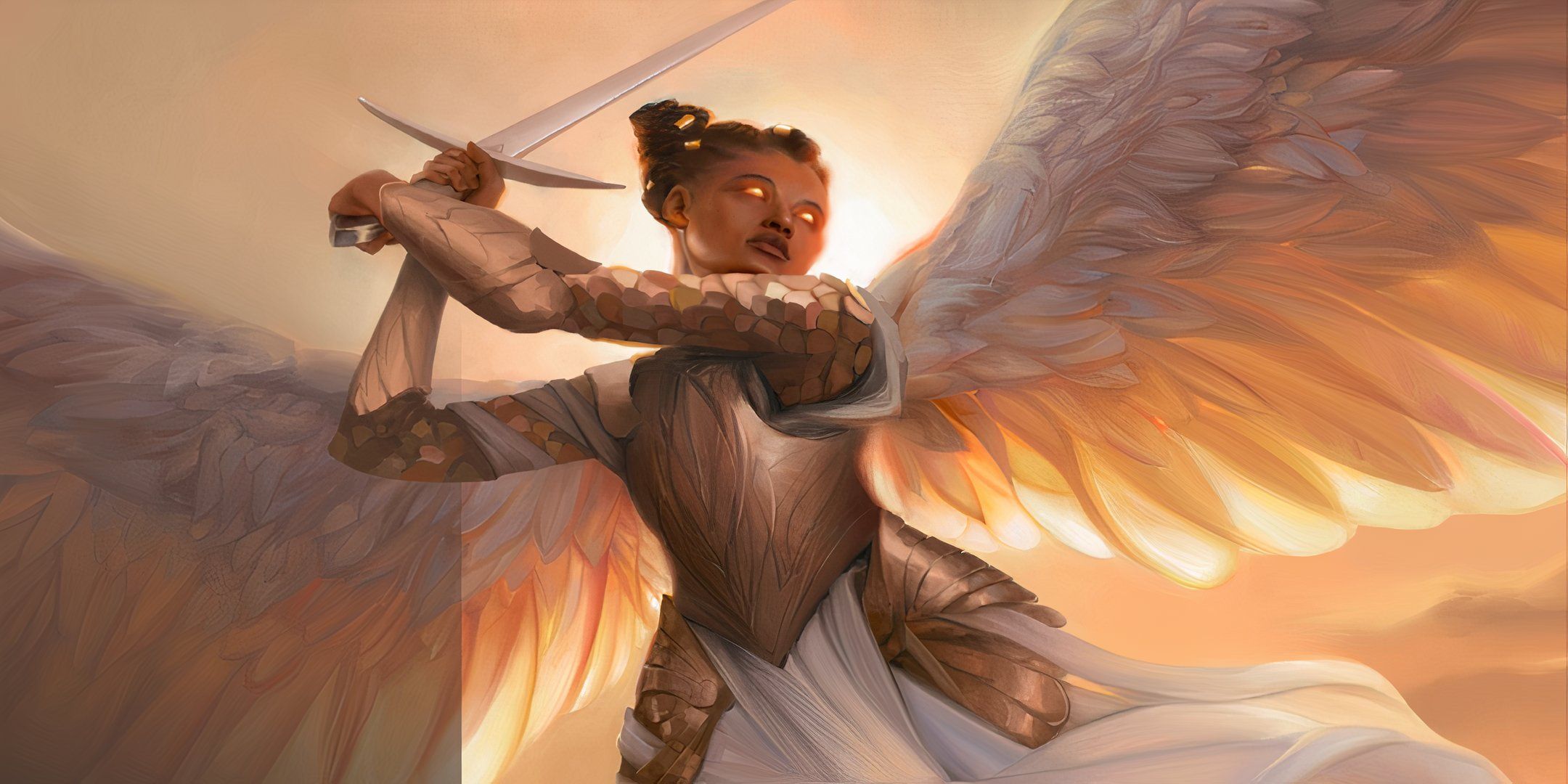What truly makes a class stand out is its subclass options. One of the reasons players can choose the same class and play them so differently when it comes to tabletop roleplaying games is the specializations given by the subclasses available. When it comes to Daggerheart, that sentiment remains true.
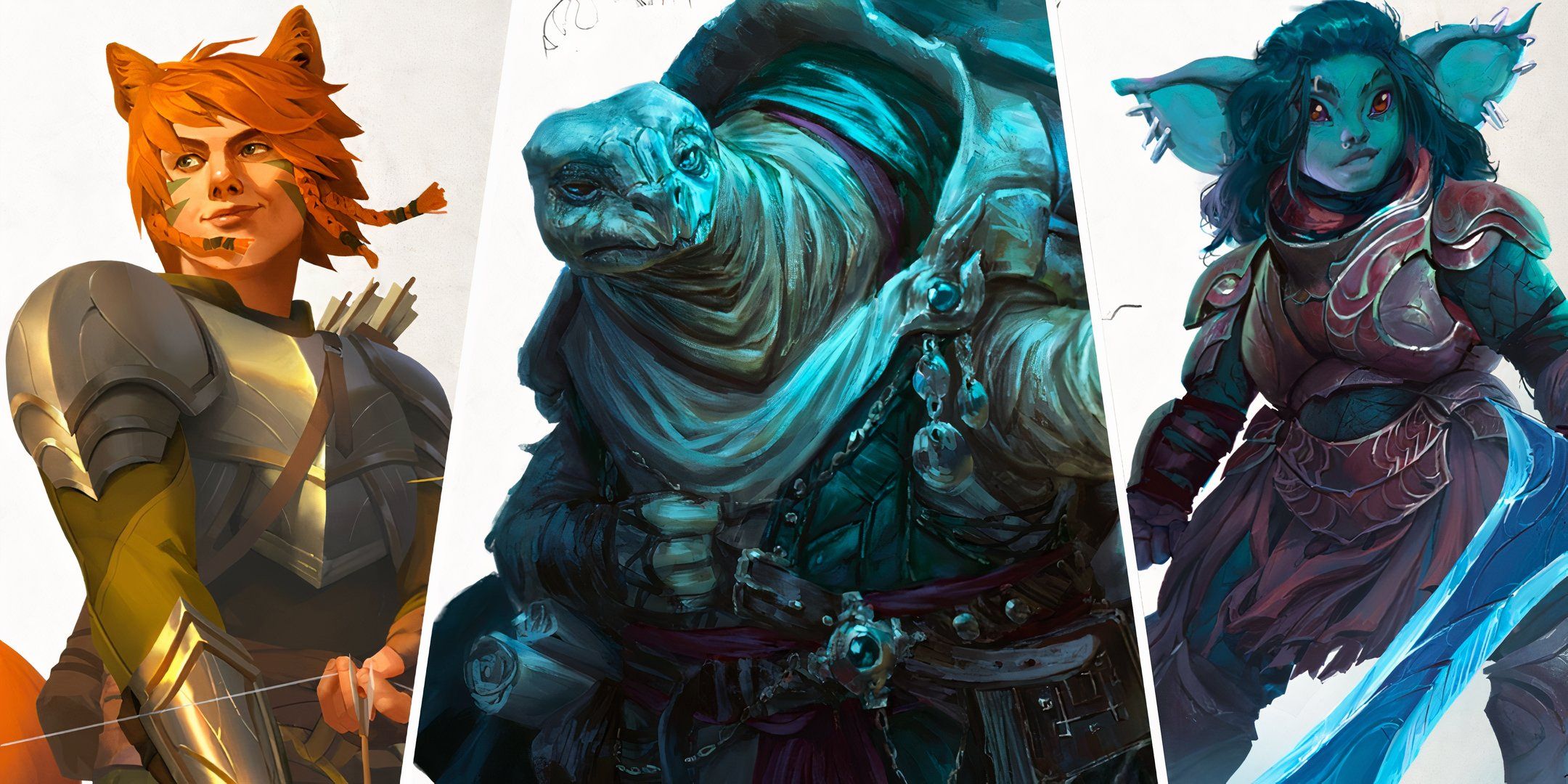
Related
Daggerheart: Every Ancestries Lifespan, From Lowest To Highest
How long will your next character live?
Each class available in Daggerheart has two subclass options, each tied to its base class in some way. Some of the subclasses have more variety than others, and several of them can do some amazing things, elevating the class as a whole. When determining which subclass is best, we’ve taken into account ease of use, flexibility, and overall fun.
10
Nightwalker
A subclass that does what it’s supposed to is always a good option, and Nightwalker is exactly as it sounds. If you’ve planned a character meant to be stealthy and thrive in the shadows, Nightwalker essentially provides that with every feature available to the subclass. You can disappear and reappear in a different spot, continually getting out of danger or sneaking about.
Several options allow you to become Cloaked, allowing you to gain all the benefits of being Hidden, in addition to staying unseen while stationary. If you attack while Cloaked, you get to add a d6 to your damage based on your current tier, dealing more than usual as you sneak up on your opponent. It’s only lower on the list because it’s self-beneficial and a bit boring.
9
Wayfinder
One of the best aspects of this subclass is the ability to remove Fear from the GMs Fear pool. You can gain Evasion against attacks, gain proficiency bonus, and force an enemy to make a Stress when you deal Significant damage to them.
The only thing keeping this lower as a ranked subclass is the give-and-take requirement for implementing most of these features. Spend a Hope, make an attack roll, and on a success you get to remove the Fear from the GMs Fear pool.
8
Elemental Origin
One of the things that makes the Elemental Original subclass stand out is its ability to be creative, combined with the rewarding feeling of that creativity empowering you. Really, the Specialization and Mastery features truly make this subclass shine. At the cost of marking a Stress, you can describe how your elements protect you, roll a d6, and add that outcome to your Evasion to see if the attack misses.
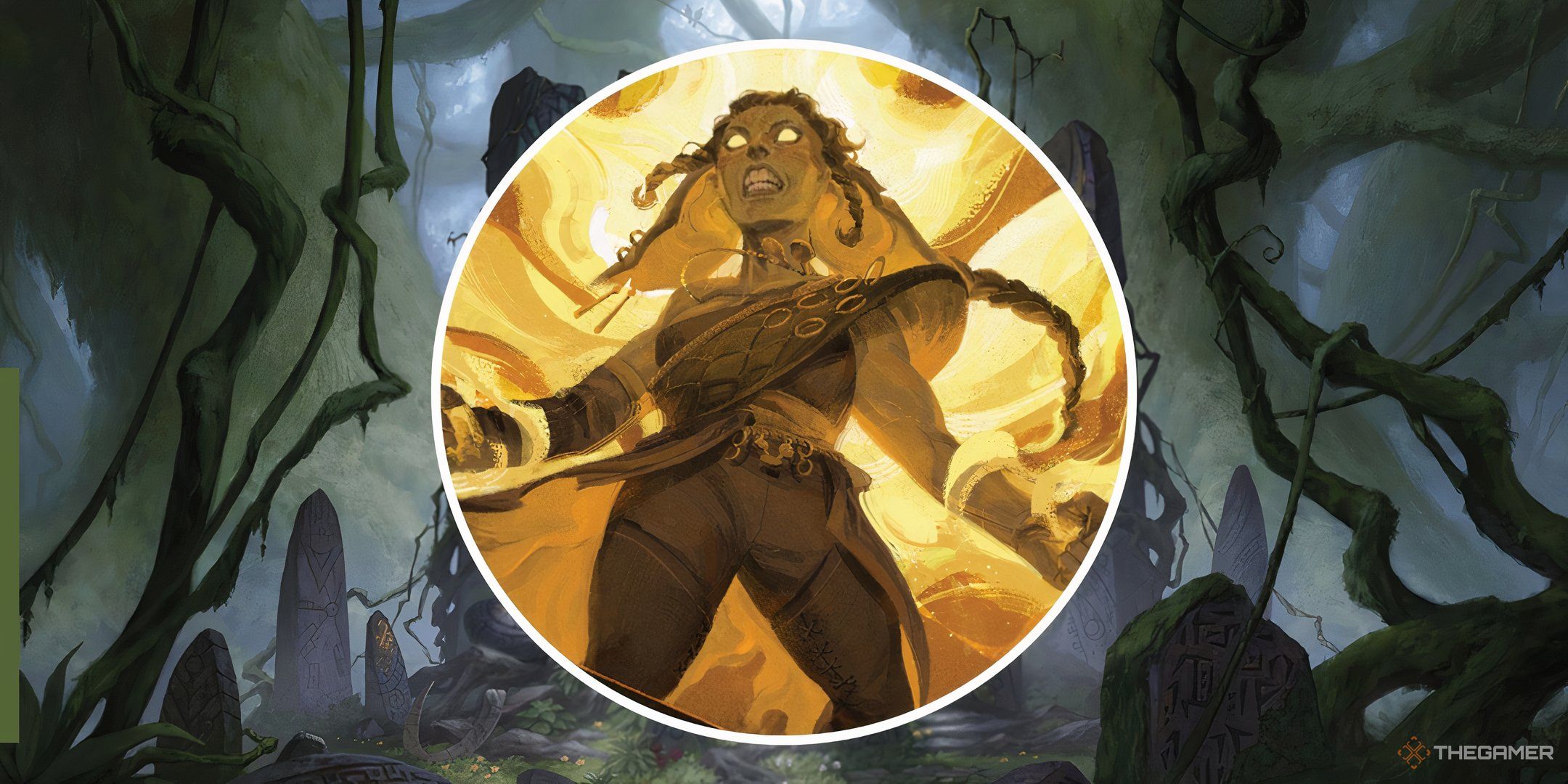
Related
Daggerheart: How To Level Up
Need help leveling up your player character in Daggerheart? This guide has you covered.
Mastery gives you two bonuses of the four you could choose from. It provides a cool roleplay opportunity for how you become the element, but gaining +4 to your Severe threshold to prevent you from marking those Hit Points, plus another trait of your choice to pile on the survivability with your imagination.
7
Call Of The Brave
This subclass uniquely plays with the Hope and Fear mechanic in a way most others don’t, and always to the advantage of the player. The mechanic of gaining a Hope when you fail with a Fear makes failing with Fear less scary.
Describe a battle ritual to gain 2 Hope and lose 2 Stress right before some epic moment, most of which you’ll have a unique opportunity to create as a Warrior. Even better is the ability to roll a d20 as your Hope is you 2 or less Hit Points unmarked. You can also bring your friends in on the fun by initiating Tag Team Rolls.
6
School Of War
This Wizard subclass already starts off making you heartier, giving you an additional Hit Point. This subclass subverts situations, giving you the bonus of dealing extra 1d10 magic damage when you succeed with Fear on an attack roll.
If this weren’t good enough, you can also create a magical shield around you, increasing your Evasion and increasing the additional damage you do when rolling to attack with Fear. On top of this, you can even force an enemy to mark an additional Hit Point at the cost of a Stress. It’s a decent trade-off to getting an enemy closer to being knocked out.
5
Troubadour
Known for supporting the party, the Bard is the ultimate support subclass in the game. While the Bard as a whole has some inconsistencies, the Troubadour subclass is where you really want to focus. There are a ton of beneficial options here; the only reason this subclass isn’t higher is that it’s restricting. Your songs can only be played once per long rest, yet all three are useful.
You won’t get much variety from the class or subclass otherwise, but you can clear a Hit Point, gain Hope, or make someone invulnerable. Spreading out Rally Dice gives your allies a chance to add a d6 to their action, reaction, or damage roll. You can instead clear stress dice equal to what you roll.
4
Warden Of Renewal
While it’s not the most exciting, the Warden of Renewal subclass seems to be the ultimate healer in Daggerheart. This subclass is good solely because it offers several options for healing and recovering your party. Clarity of Nature allows you to clear Stress equal to your Instinct, and distribute clearing them however you choose.
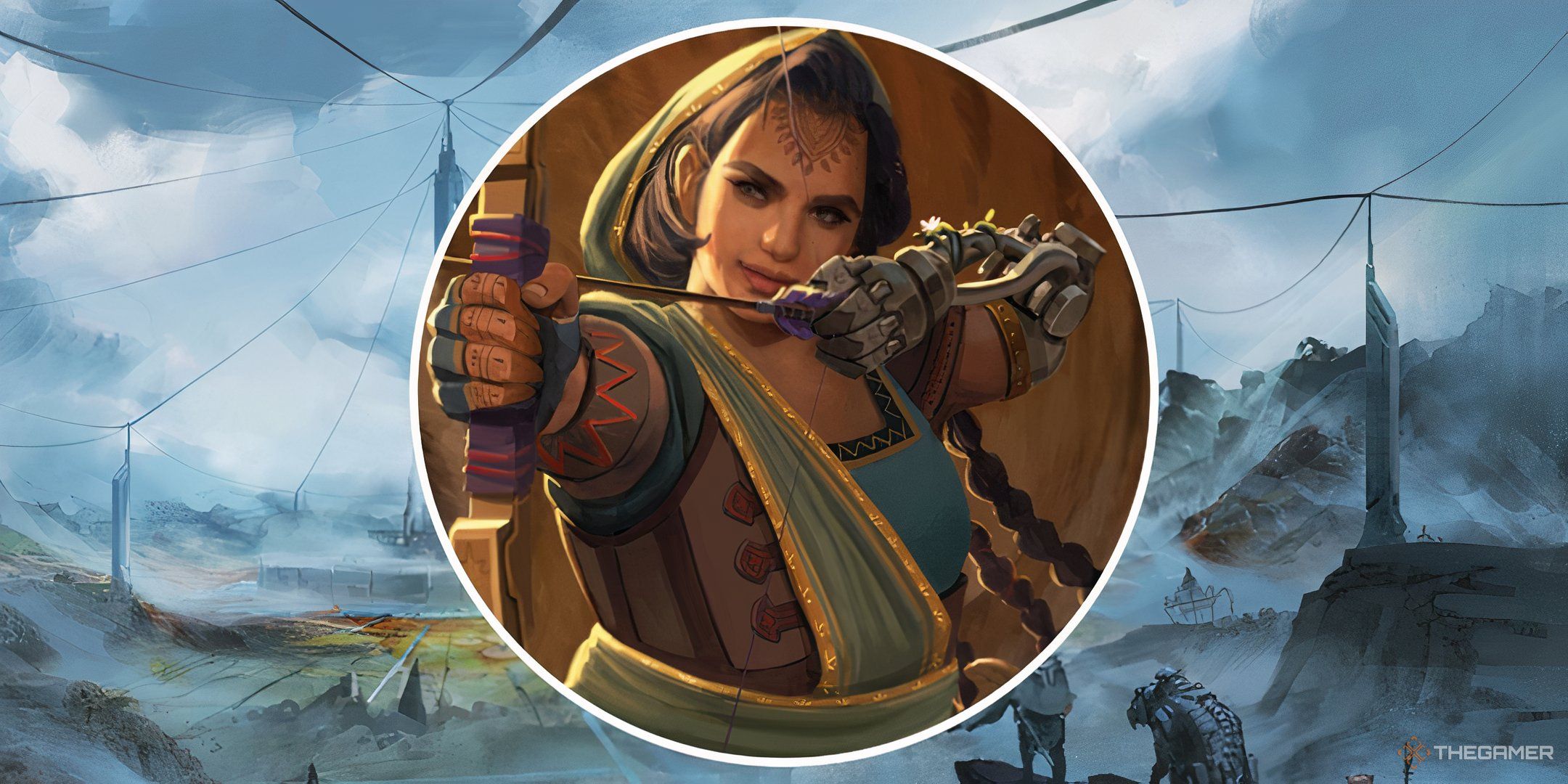
Related
Daggerheart: How Experiences Work
Experiences are one of the most unique aspects of Daggerheart. Here’s how to make them and how they work.
You can spend 3 Hope to remove 1d4 Hit Points, increase the range of this, and spend 2 Hope to clear Hit Points on multiple allies. You can even reduce the number of Hit Points an ally marks by marking Stress while in your Beastform. A lot here makes you the ultimate healer and support, and while it’s very focused, it does what it’s supposed to and does it very well.
3
Stalwart
Sometimes, all you need is a sturdy tank to take some hits and protect everyone else. The Stalwart subclass in Daggerheart performs this the best. The class itself already has built-in abilities to reduce damage by threshold and help survivability. The Stalwart subclass takes that even further, trading armor slots to reduce the severity of damage.
The best part, though, is that this extends to allies. Reducing the severity of damage to an ally close to you and completely taking damage for an ally with 2 Hit Points or fewer can save a game. Increasing your own damage threshold through this subclass just makes you sturdier. Stalwart is a great, solid option for any party, making it a perfect subclass choice.
2
Warden Of The Elements
This subclass does a lot of damage while also helping to control the field of play. Each element, Fire, Earth, Water, and Air, all do something different, and the versatility, on top of what the Druid class can do, provides a savvy player with the perfect array of options.
From Fire dealing retaliatory 1d10 damage to Water forcing other enemies to mark Stress when you hit an enemy near them, the wide range of abilities makes this a great subclass for those who can keep up. The specialization and Mastery take it further, allowing you to fly, move an enemy that hits you, reduce incoming damage, and even make the enemy vulnerable. This much control over the battlefield is priceless.
1
Divine Wielder
If you like all-around usefulness and versatility, the best subclass to play is the Divine Wielder. This subclass not only allows you to deal damage, but it also lets you clear Hit Points or Stress from a creature you touch. Your blade can fly from your hands to attack nearby enemies, and it’ll return to you once the attack is done. It makes for a cool presentation.
That’s neat and all, but add a Stress to target an additional enemy using the same attack roll. Being able to target multiple enemies while also removing Hit Points or Stress is invaluable. The specialization feature allows you to roll an additional Prayer Dice for your Prayer ability for the Seraph class, and you get to discard the lowest roll. This gives you a higher value for reducing incoming damage or adding Hope.
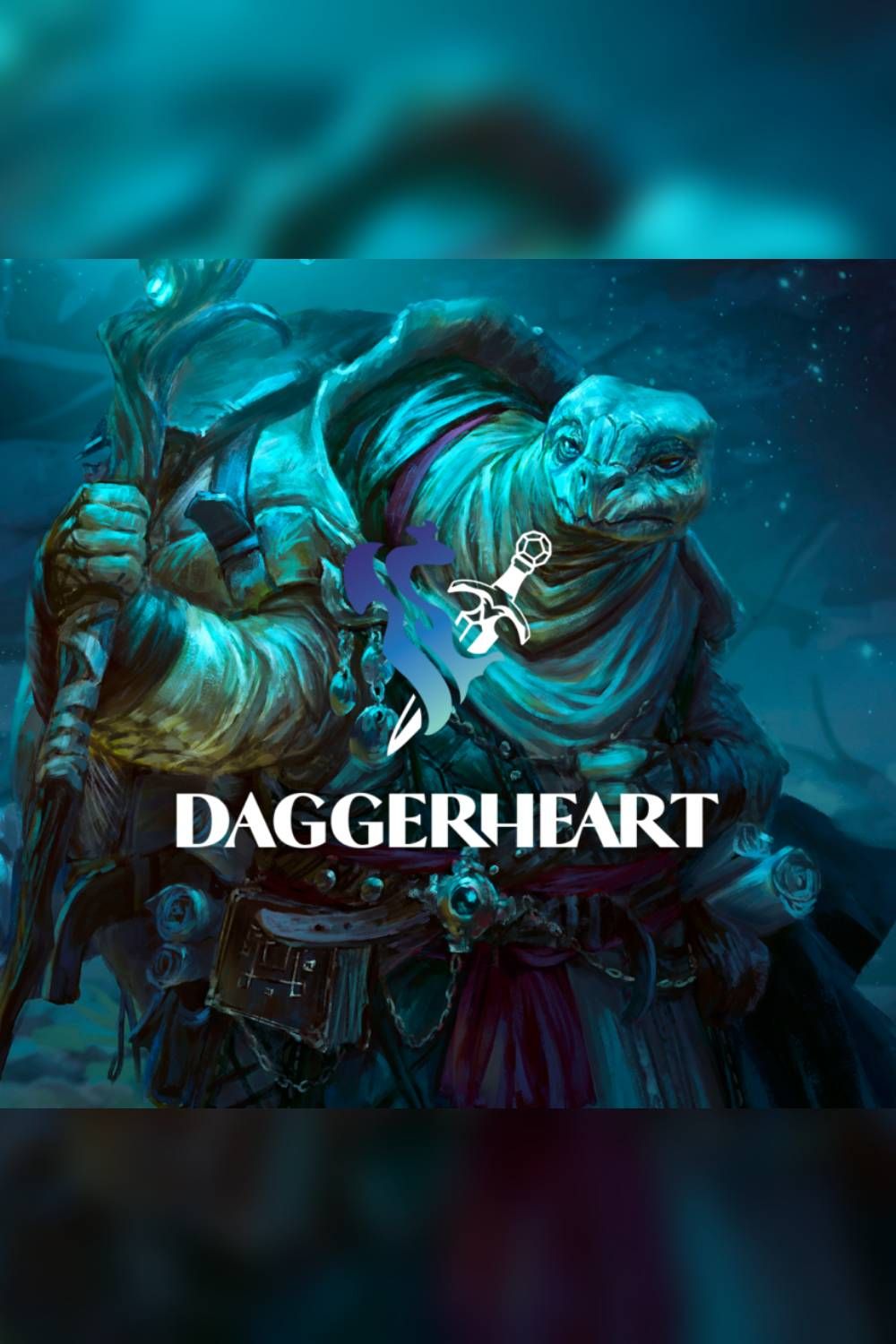
Daggerheart
- Player Count
-
3-6 (2-5 plus GM)
- Length per Game
-
Campaign dependent
- Publishing Co
-
Darrington Press

